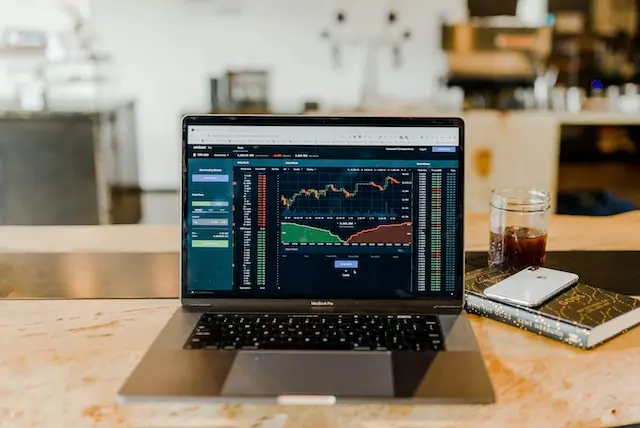Introduction to AI Trading
In the dynamic world of finance, Artificial Intelligence AI trading has emerged as a groundbreaking force, transforming traditional investment strategies and reshaping the landscape of global markets. This article explores the key facets of AI trading, from its underlying principles to its impact on market dynamics.
AI trading, also known as algorithmic trading or automated trading, involves the use of artificial intelligence and machine learning algorithms to make buy or sell decisions in financial markets. This departure from human-driven decision-making brings a new level of speed, precision, and efficiency to the trading landscape.
The Rise of Machine Learning in Finance
Machine learning, a subset of artificial intelligence, plays a pivotal role in Artificial Intelligence trading. These algorithms learn from historical data, identify patterns, and adapt their strategies accordingly. The ability to analyze vast datasets in real-time gives machine learning systems a distinct advantage in identifying trading opportunities and managing risks.
High-Frequency Trading
One of the defining features of AI trading is its capacity for high-frequency trading (HFT). AI algorithms can execute trades in a matter of milliseconds, reacting to market changes at a speed far beyond human capabilities. This speed is a crucial factor in capitalizing on fleeting market opportunities and maintaining a competitive edge.
Predictive Analytics
AI trading relies heavily on predictive analytics, leveraging machine learning models to forecast market trends and movements. By analyzing historical data and identifying patterns, these algorithms can make predictions about future price movements, helping traders make informed decisions in real-time.
Risk Management
Effective risk management is a cornerstone of successful trading, and AI excels in this aspect. Machine learning algorithms can assess and manage risks by continuously monitoring market conditions, identifying potential threats, and adjusting trading strategies accordingly. This dynamic risk management approach is crucial in navigating volatile market conditions.

Quantitative Trading Strategies
Artificial Intelligence trading operates on quantitative trading strategies that are based on mathematical models and statistical analysis. These strategies go beyond human intuition, relying on data-driven insights to execute trades. The systematic and disciplined nature of quantitative strategies contributes to more objective decision-making in the financial markets.
Market Liquidity and Efficiency
AI trading has a profound impact on market liquidity and efficiency. The increased speed and volume of trades executed by AI algorithms contribute to more liquid markets, meaning assets can be bought or sold more easily without significantly impacting their prices. This enhanced liquidity benefits both traders and investors in the market.
Challenges and Ethical Considerations
Despite its benefits, Artificial Intelligence trading is not without challenges. The rapid pace of algorithmic trading can lead to “flash crashes” and other market anomalies. Additionally, there are ethical considerations surrounding the use of AI in trading, such as the potential for market manipulation and the need for transparency in algorithmic decision-making. Regulators and market participants are grappling with these challenges to ensure a fair and secure trading environment.
The Human Touch
While AI plays a central role in trading, the human touch remains crucial. Augmented intelligence, a collaboration between humans and AI systems, combines the analytical capabilities of machines with the intuition, creativity, and strategic thinking of human traders. This synergistic approach maximizes the strengths of both, leading to more effective and responsible trading practices.
The Future of AI Trading
The future of Artificial Intelligence trading holds exciting possibilities. Continued advancements in machine learning, the integration of blockchain technology, and the evolution of quantum computing are poised to further enhance the capabilities of AI trading systems. The financial industry is likely to witness increased adoption of AI-driven solutions across various asset classes, bringing about a new era of innovation and efficiency.
Regulatory Landscape
As AI trading becomes more prevalent, regulators are adapting to the changing landscape. Striking the right balance between fostering innovation and ensuring market integrity is a priority. Regulatory frameworks are evolving to address the unique challenges posed by AI trading, promoting transparency, and safeguarding the interests of market participants.
Summary
AI trading represents a transformative force in the financial markets, revolutionizing the way trading is conducted. The integration of artificial intelligence and machine learning brings unprecedented speed, precision, and efficiency to the trading process. While challenges and ethical considerations persist, the collaborative approach of augmented intelligence holds the key to harnessing the full potential of Artificial Intelligence trading. As technology continues to advance, the financial industry is poised for further evolution, embracing the opportunities that AI trading presents in shaping the future of global finance. For more information visit our website.











